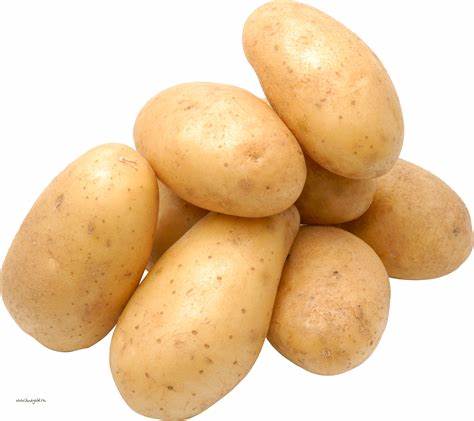
Vegetable
Solanum tuberosum
Food Crop Diseases
Potato bacterial wilt
| Symptoms |
|---|
| Brown rot of potato is a plant disease caused by the bacterium Ralstonia solanacearum. It is mainly tuber-borne and can survive in seed tubers during storage, causing disease when planted in the next season. The bacterium can also be spread on machinery and in irrigation water. Brown rot poses a serious threat to potato production, and vigilance is required to prevent its introduction and spread. Symptoms of brown rot include wilting of the youngest leaflets at the ends of the leaves during the hottest part of the day. Plants may appear to recover at night as temperatures cool. In cool climates, wilting does not always occur. Under favorable conditions, the disease develops, leading to stunting of plants, general wilting, yellowing of foliage, and eventual plant death. If the stem is cut, a mass of white bacterial slime may exude from the vascular tissue. Symptoms are most obvious in the tuber; initially, a brown staining of the vascular ring (hence brown rot) starting at the stolon end occurs. With further disease progression, the vascular tissue rots away completely, and a pale-colored sticky ooze may appear at the eyes lenticels and/or stolon end of the tuber to which soil may adhere. |
| Effect on Crops |
|---|
| Brown rot can cause significant yield losses by rotting the tubers in affected host plants. It poses no risk to human or animal health. |
| Preventative Strategies |
|---|
| Brown rot can cause significant yield losses by rotting the tubers in affected host plants. It poses no risk to human or animal health. |